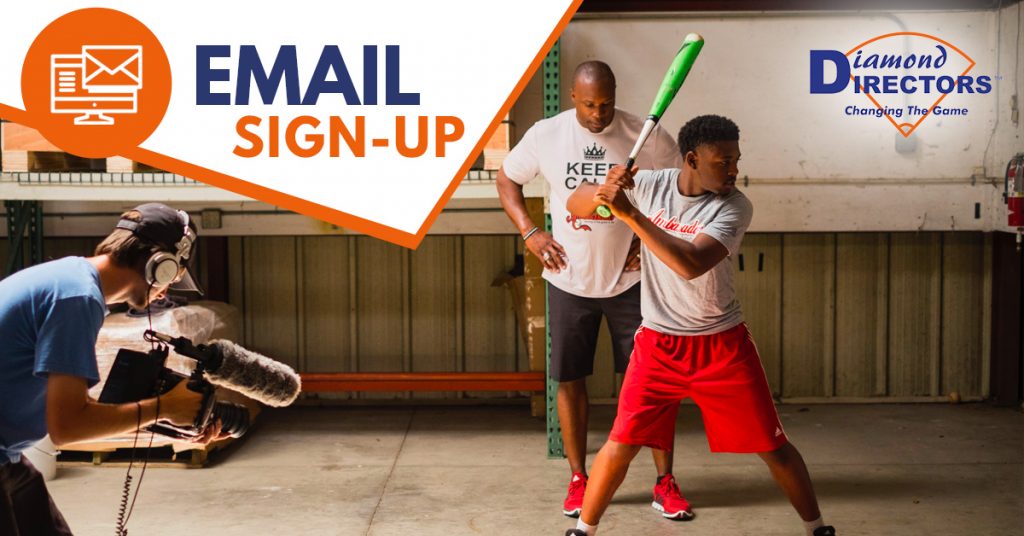By Roger A. Scott
Depending on where you may live during the winter months, the weather often forces your offseason training inside. In order to help become a solid power hitter, there are a variety of indoor drills and exercises that may be implemented into a strength and conditioning/performance training program. Power hitting requires great forearm strength, explosive core rotational power and flexibility. Here are three relevant training exercises that will assist the power hitter when taking their training to an indoor facility:
1. Battle Rope Training
This is a great overall workout, combining fast twitch muscle recruitment for the arms, core strength and overall cardiovascular conditioning. The forearm strength requirements undoubtedly will transfer over to the power hitter, as well as the abdominal strength required to sustaining repeated short-term exercise bouts. There are various drills to choose from. One example is alternating an up and down sequence. Try 8-10 sets of 15 seconds each, using maximal effort, with equal rest times of 15 seconds between sets. Other variations include both arms moving simultaneously up and down or side to side. Check out the YouTube video here
2. Medicine Ball – Rotational Wall Tosses
A more specific drill that transfers over to hitting mechanics is medicine ball rotational wall training. By using a rubber, bouncing medicine ball and a durable, preferably cement, wall, the response time is much quicker, then if you had a partner tossing it back. The rotational ball toss simulates your mechanics at the plate. This exercise trains both sides of the body equally. Take a medicine ball, anywhere from 4-10 pounds, and then face the wall with your feet square. At near arms’ length, toss the ball from one side of the body and aim at the wall toward the opposite side and catch it at that point. Alternate tosses back and forth, in a straight line trajectory, for 20-30 tosses total. Do 2-3 sets. Be sure to rotate your hips with each toss like you would swing at a pitch. This drill focuses on core rotational strength and power. Check out the YouTube video here
3. Prone Scorpions – Flexibility
Whether included in the active warm up or as part of a workout circuit, “prone scorpions,” as we will refer to them here, will help you become increasingly flexible at the plate when rotating the lower back and hips. Start in the prone (face down) position on the ground. Arms are straight out to each side. Take one leg and rotate the low back and hips toward the opposite side of the body, and attempt to touch the opposite hand. Most will not be able to do this, but the opposing hand is a great reference point to aim for. You also may use partner assistance to help increase your range of motion, very slowly carefully, assisting at your foot or ankle area. Rotate only within your natural range of movement. Do 10-15 rotations per side – 2-3 sets. Check out the YouTube video here
BIO:
Aside from working with CJ and Kelli Stewart’s L. E. A. D. organization, Roger A. Scott, MS, CSCS, has worked with Major League Baseball teams such as the New York Mets and Chicago White Sox, NCAA College Tennis, USTA Junior Tennis, ATF Agent (Bureau of Alcohol, Tobacco and Firearms), scholarship high school baseball players in the metro Atlanta area, and the 1996 United States Amateur Runner-up (Golf-PGA) to Tiger Woods, all as a strength and conditioning coach. Combined with experience as a Clinical Aide with Resurgens Orthopaedics Physical Therapy, Roger helps to provide a multi-dimensional element geared to help you compete, succeed, and stay on the field. His website is www.dynamicsportsystems.com

Leave a Reply